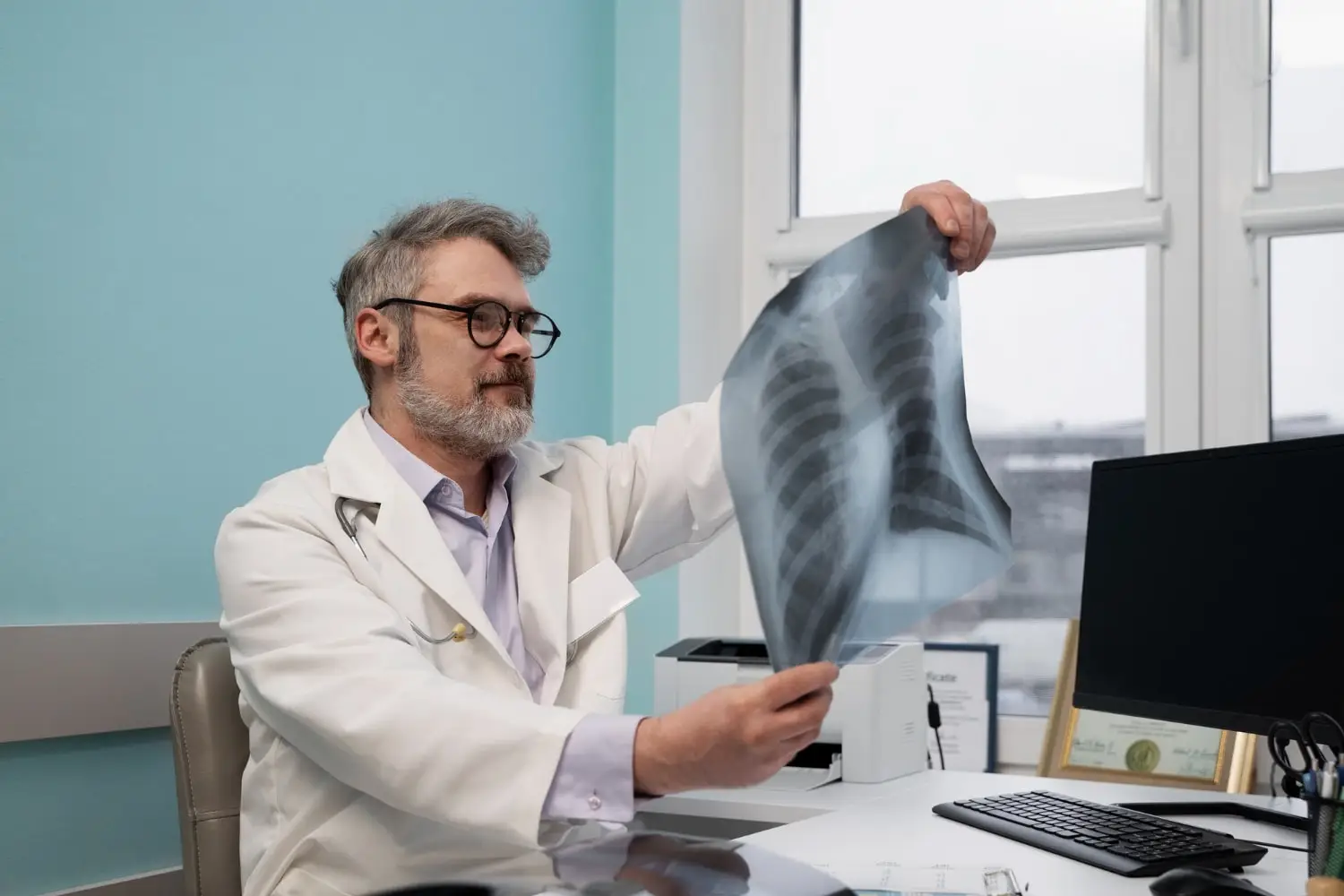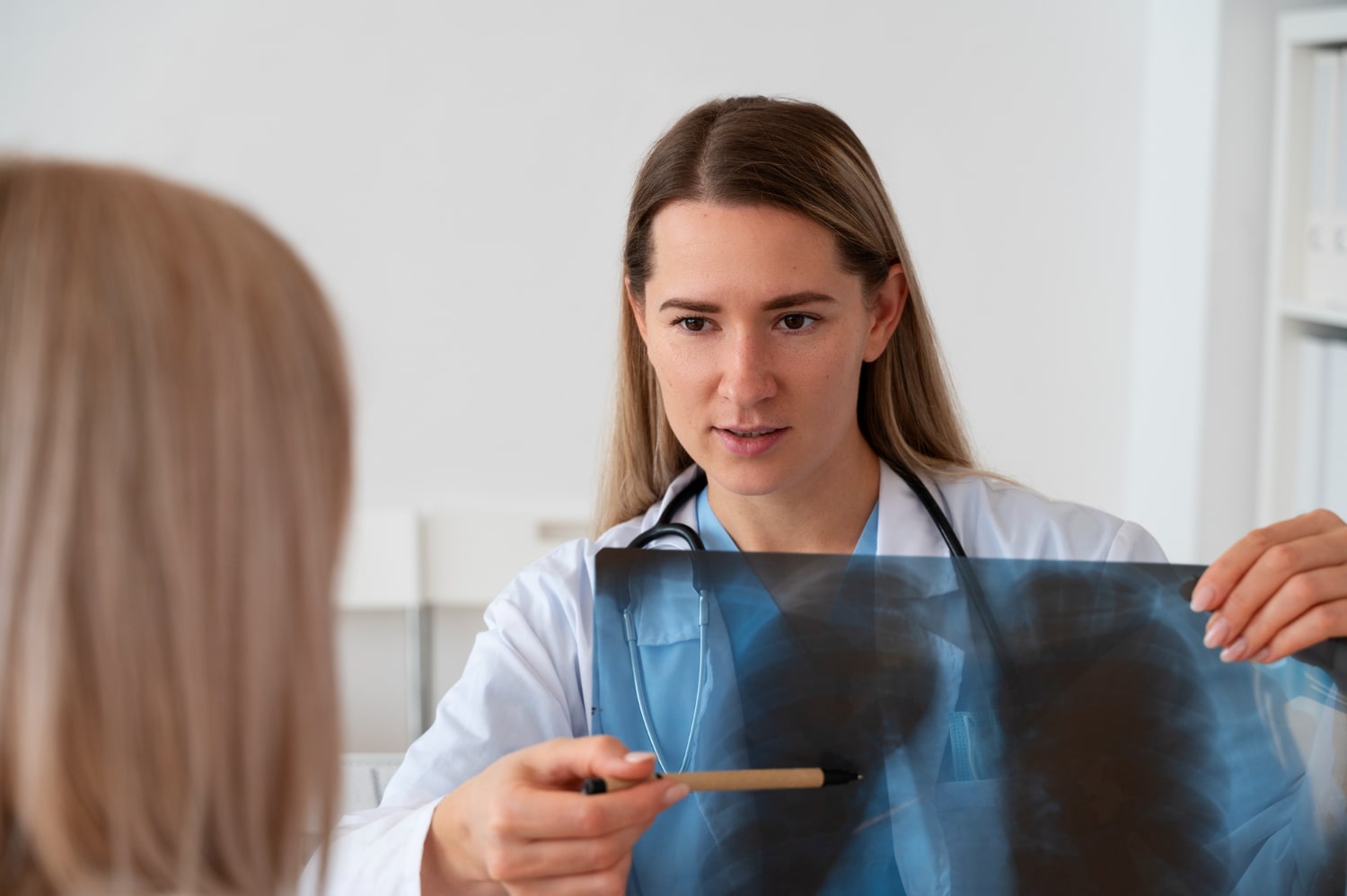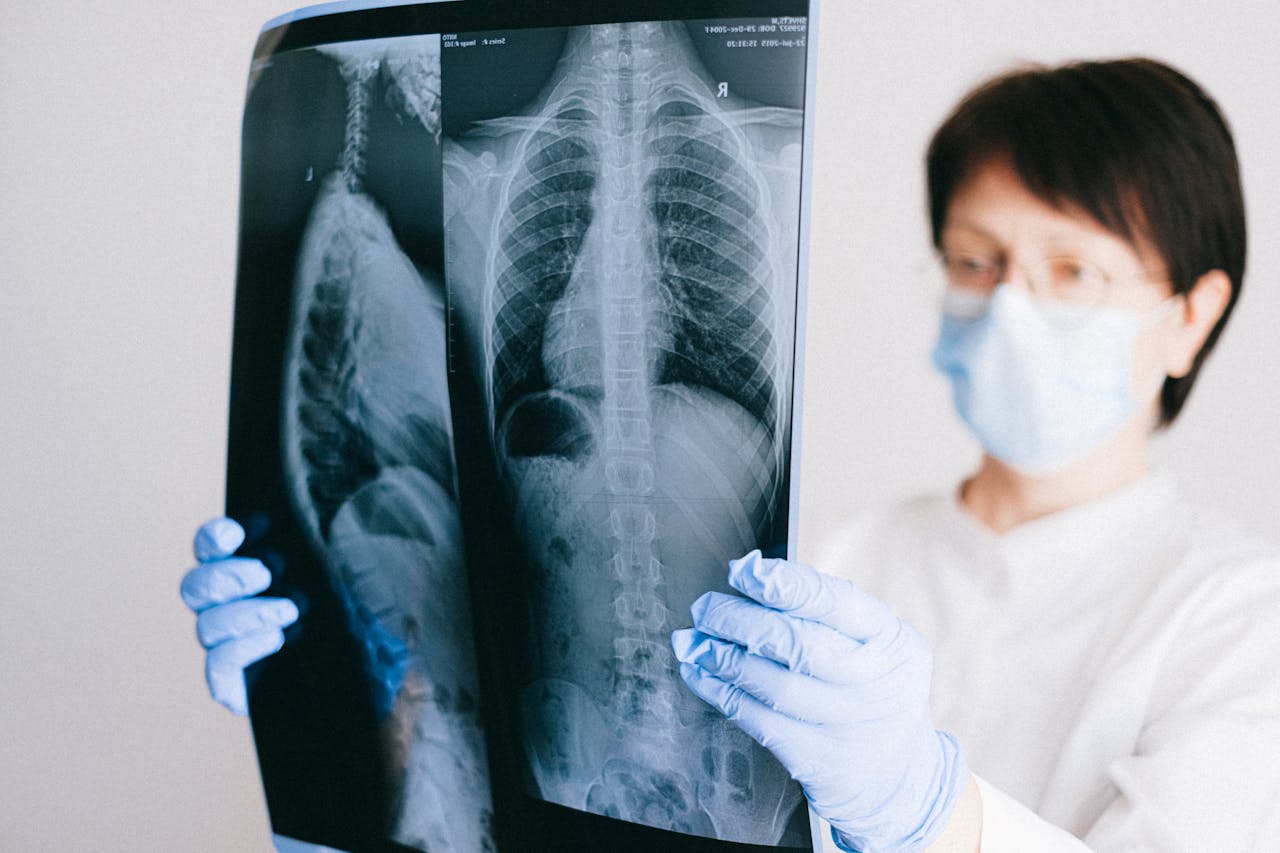Is there a treatment for lung cancer? There are different treatment methods for lung cancer, including surgical intervention, chemotherapy, radiotherapy, immunotherapy, and targeted therapy (smart drugs). The appropriate method or combination of methods is determined based on the type, stage, and spread of the cancer. A team consisting of specialists in pulmonology, thoracic surgery, radiation oncology, and medical oncology typically decides which treatments to apply.
Whether the treatments are painless or not is entirely subjective. Methods such as smart drugs, surgical intervention, immunotherapy, chemotherapy, and radiotherapy can be considered answers to the question of whether painless lung cancer treatment exists. However, the effects of these treatments vary from patient to patient. Especially due to side effects, the level of pain experienced may differ.
What Are the Symptoms of Lung Cancer?

The symptoms of lung cancer vary depending on the size, type, and location of the tumor. In the early stages, symptoms are mild or nonexistent, making early diagnosis challenging. In advanced stages, symptoms become more pronounced. Below is a table outlining the symptoms of lung cancer:
| Symptoms | Description |
|---|---|
| Cough | A persistent, chronic cough is one of the most significant symptoms. The severity of the cough increases as the disease progresses. |
| Shortness of Breath | Reduced lung capacity due to the tumor narrowing or blocking airways manifests as shortness of breath. |
| Chest Pain | The tumor exerts pressure on tissues and nerves, causing pain. Some patients experience more severe pain. |
| Loss of Appetite | Appetite loss becomes more apparent in the advanced stages of the disease. |
| Weight Loss | Due to cancer cells consuming excessive energy and the immune system’s fight against cancer, significant energy is expended, leading to weight loss. |
| Wheezing | Occurs due to the tumor narrowing the airways. |
| Bloody Sputum | The tumor irritates lung tissues, causing bloody sputum during coughing. |
| Infections | Malignant masses increase the risk of infections. Frequent and recurring infections are a significant sign of lung cancer. |
| Fatigue | Patients feel tired and weak, particularly in advanced stages, often requiring extended periods of rest. |
The type and severity of symptoms vary for each patient. In the early stages, symptoms are rarely observed and, when present, are often mild.
Is There a Painless Lung Cancer Treatment?
One of the most curious topics regarding lung cancer treatment is whether there are painless and pain-free methods. There are various treatment methods depending on the type, stage, and affected areas of the cancer. These methods can generally be described as painless or involve minimal pain. Most pain experienced during treatment is due to the tumor’s location and its pressure on tissues and nerves.
Ensuring a painless and pain-free treatment process is essential for patients. However, it is crucial to remember that the primary focus is on controlling and completely eliminating the cancer. The choice of treatment method depends entirely on evaluations made by specialists.
Treatment Methods for Lung Cancer
 There are various answers to the question, “Is there a treatment for lung cancer?” Details of these methods are as follows:
There are various answers to the question, “Is there a treatment for lung cancer?” Details of these methods are as follows:
1 – Surgical Method
Lung cancer surgery is a significant opportunity for patients. This method involves the complete removal of the tumor, taking a major step in treatment. However, surgical intervention is only applicable in early-stage patients. It is usually not possible for advanced stages. Additionally, most surgical procedures in advanced stages are palliative.
Surgery is only performed under certain conditions, such as:
- The cancer has not metastasized to organs such as adrenal glands, brain, bones, or liver.
- The tumor can be completely removed without invading critical structures like the aorta, spine, or esophagus.
- The patient has adequate respiratory and cardiac functions to undergo surgery.
There are two types of surgical methods: open and minimally invasive surgery. Minimally invasive techniques, such as single-port VATS, are less painful. For more information, you can consult Prof. Dr. Semih Halezeroğlu.
2 – Chemotherapy
One of the most common treatments, chemotherapy, involves administering cancer-killing drugs through an IV. Despite its effectiveness, it may cause side effects such as hair loss and muscle pain in some patients.
3 – Radiotherapy
Radiotherapy uses high-energy beams to destroy cancer cells. While effective, it may affect surrounding healthy tissues and is used in targeted areas.
4 – Immunotherapy
This modern approach enhances the immune system’s ability to combat cancer, offering significant benefits in advanced stages with minimal side effects.
5 – Targeted Therapy (Smart Drugs)
Targeted drugs, effective when specific genetic markers are present, directly target cancer cells while sparing healthy tissue.
Survival Rates and Advanced Stages
Survival rates decrease significantly as lung cancer advances. Early-stage survival rates are much higher compared to advanced stages. Modern treatments have improved these statistics over time.
FAQs on Lung Cancer Treatment
Frequently asked questions and answers about the subject of whether there is a treatment for lung cancer are listed below.
1 – Is Painless Lung Cancer Treatment Possible?
Methods like immunotherapy and targeted drugs are generally less painful but may have side effects.
2 – What is the Survival Rate for Stage 1 Lung Cancer?
The five-year survival rate ranges from 68% to 92%.
3 – Does Lung Cancer Cause Death?
Late-stage diagnosis and delayed treatment increase the risk of fatal outcomes.
4 – How is Lung Cancer Treated?
Early-stage treatment primarily involves surgery, followed by chemotherapy or radiotherapy as needed.
5 – What are the Symptoms in Stage 4 Lung Cancer?
Severe symptoms like shortness of breath, bloody sputum, and fatigue are common in advanced stages.



